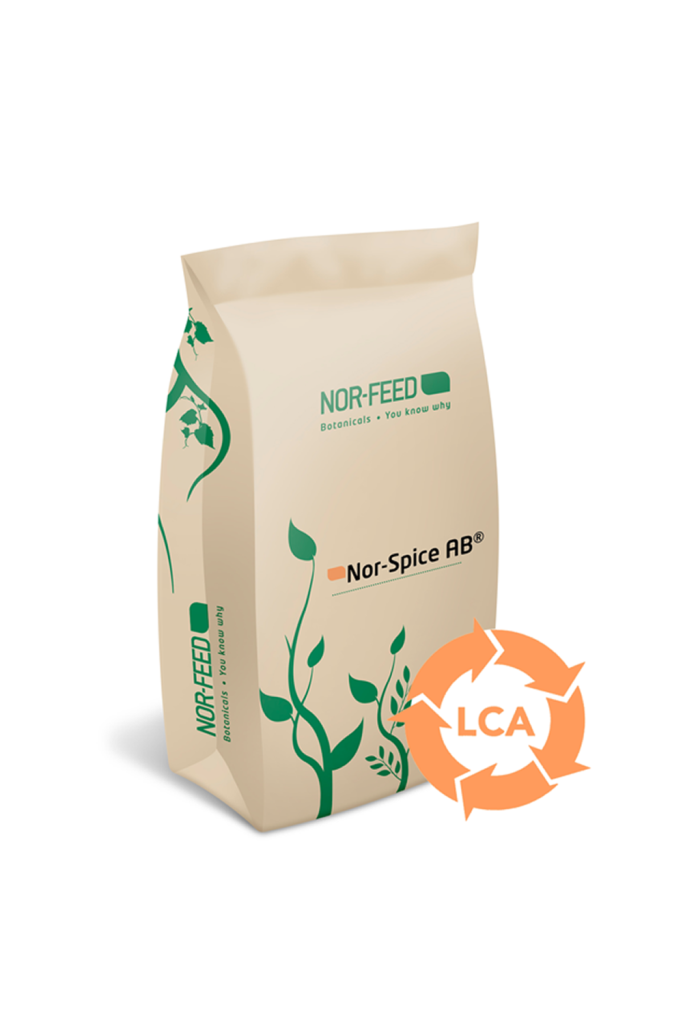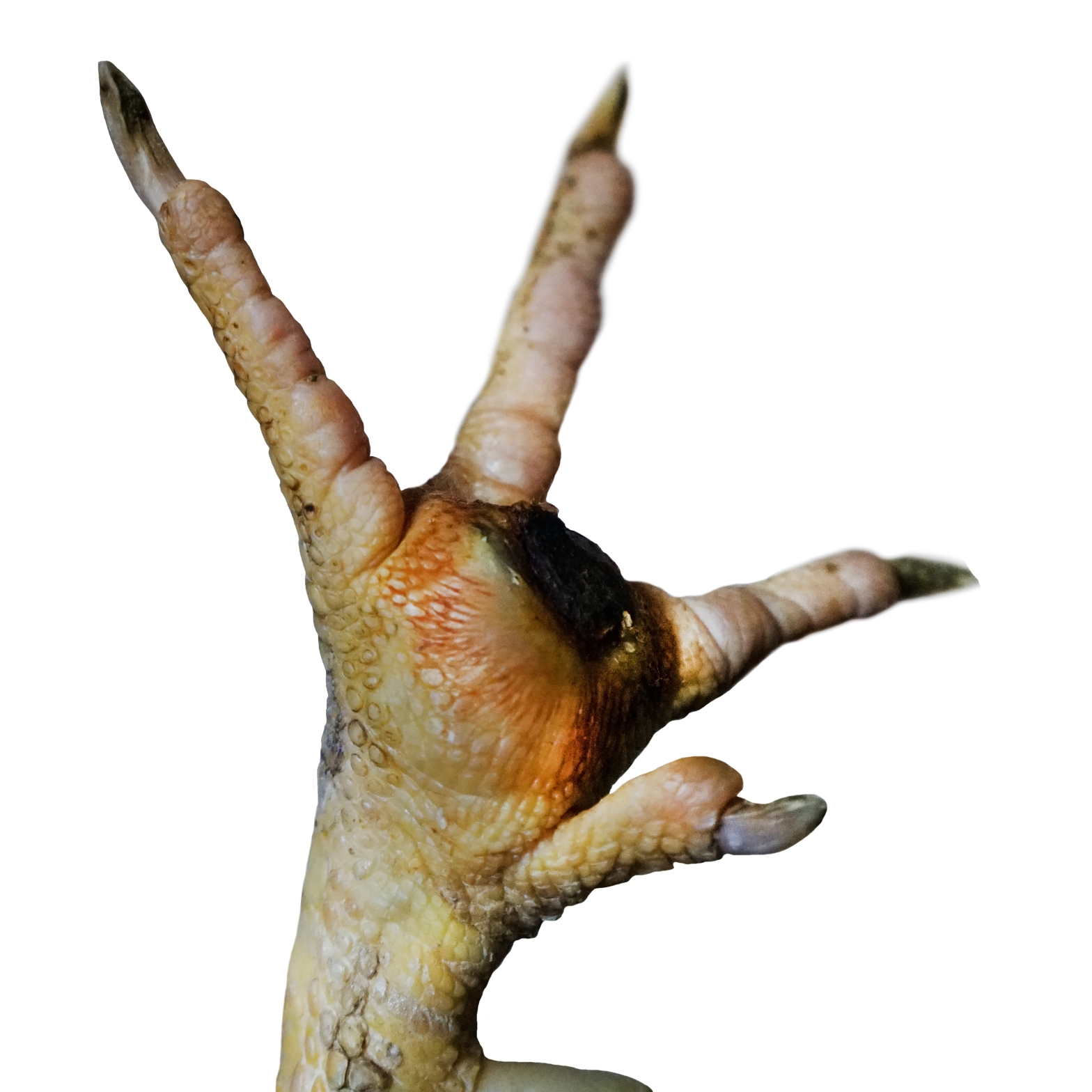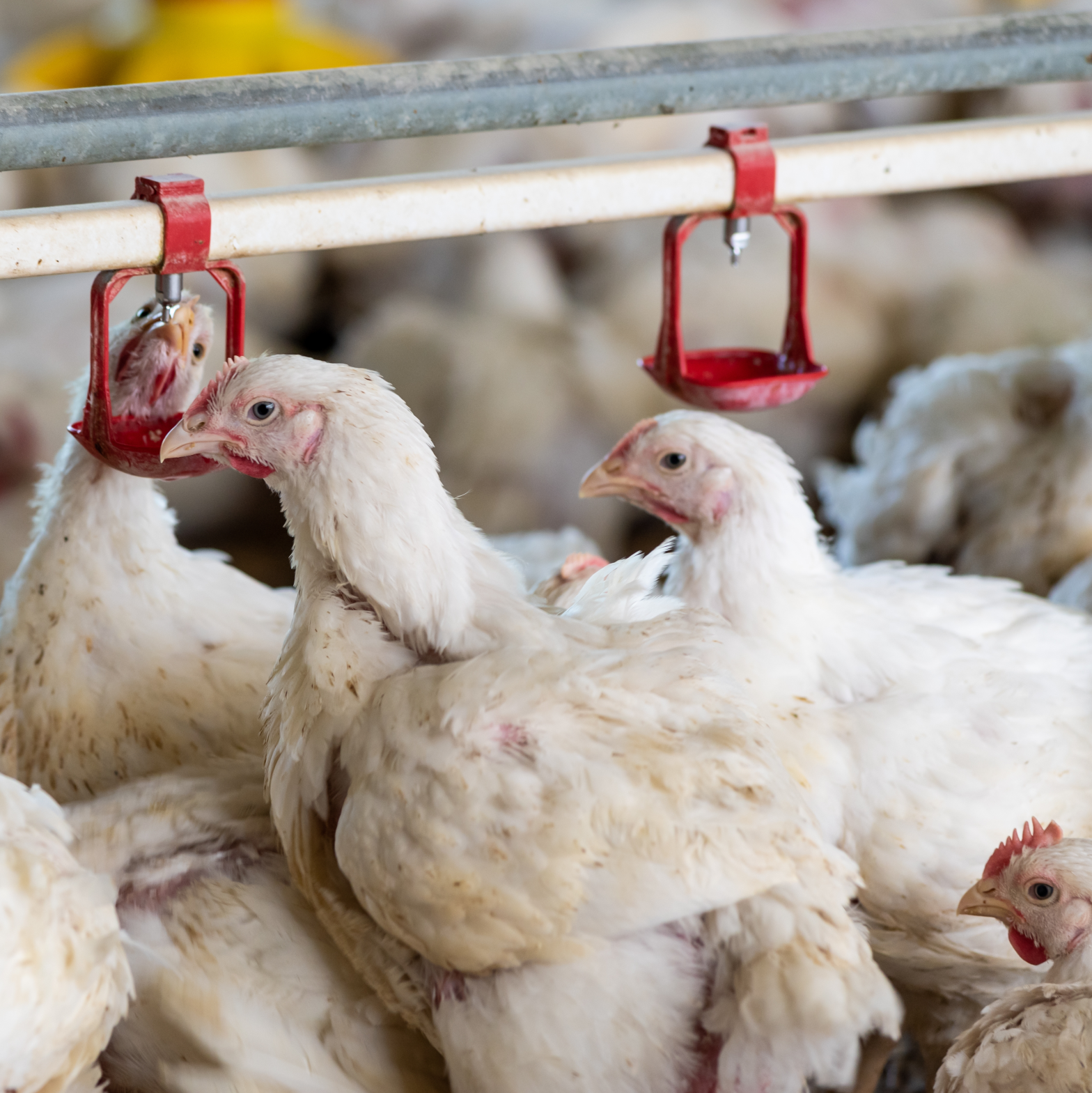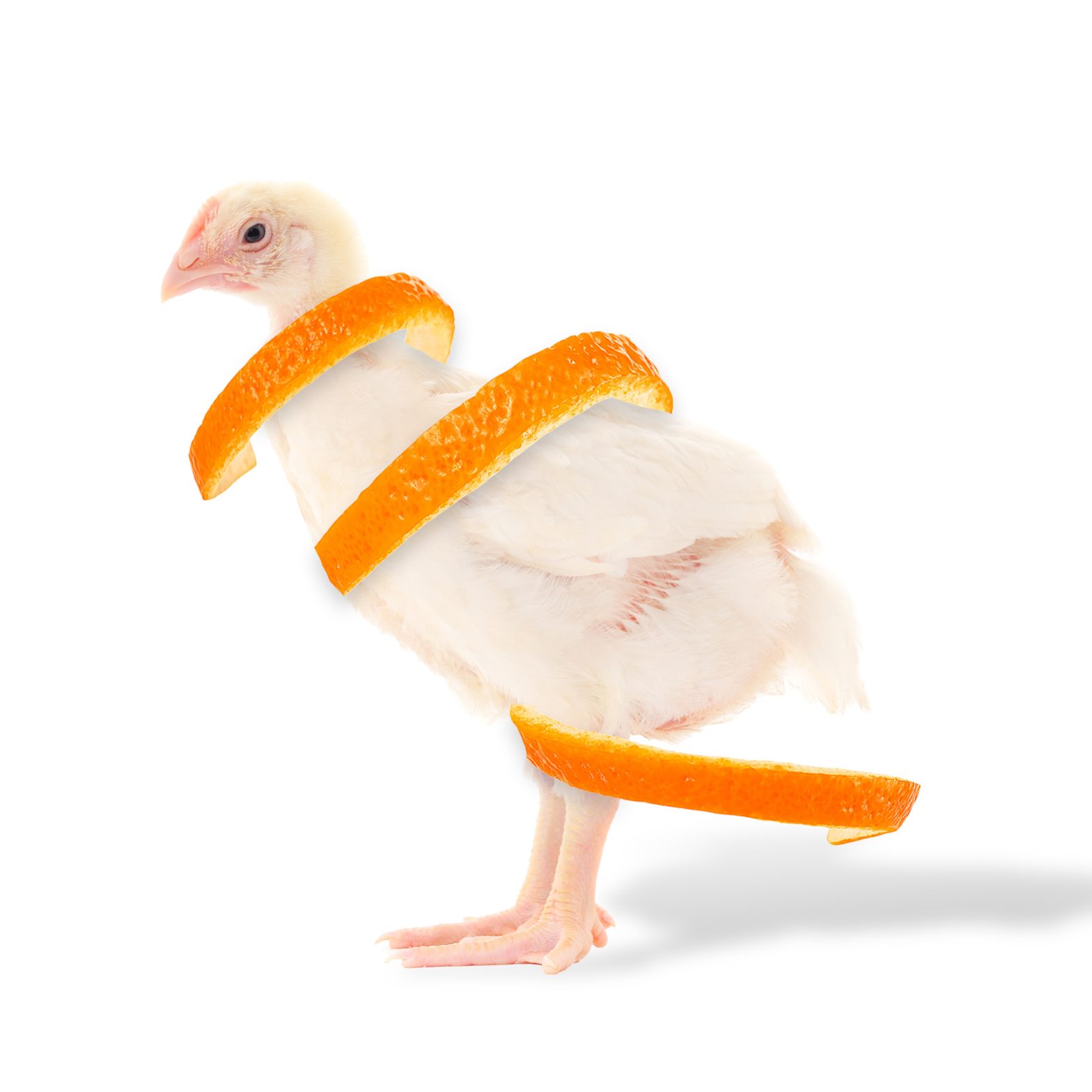
Making animal production more
Sustainable
Sustainability is at the heart of our purpose and activities. The Nor-Feed concept was born with the vision that synthetic growth promoters used in animal nutrition would be challenged in the future for environmental and safety reasons, and that natural and efficient alternatives would have to be offered to breeders and nutritionists.
With our expertise in the active compounds of plants, we develop botanicals that lower the carbon footprint of animal production. This is documented by a Life Cycle Assessment of our products, to measure their overall impact from manufacturing down to the farm.
Assessing the Life Cycle of
Nor-Spice AB®
The aim of the life cycle assessment of our natural citrus extract, which modulates the gut microbiota for better feed efficiency, is to determine its carbon footprint from its manufacturing right down to its use in the farm.
For this purpose, a study in collaboration with the specialized and independent consultancy firm EVEA was carried out to assess the environmental impacts of the use of a commercial citrus extract feed additive (CEFA) in swine and broiler chicken farming. The Life Cycle Assessment (LCA) was applied to assess the impact of manufacturing and distributing one 25 kg bag of CEFA and its use in feed in broiler chicken and swine productions.


What is the environmental impact of the use of a 25Kg bag of
Nor-Spice AB®
Regarding manufacturing and production, the results of our present study showed that most of the impact came from the production of CEFA ingredients, accounting for 70% of the impact generated. The remaining 30% effect was divided between transportation to the customer (25%), CEFA packaging (3%), and CEFA manufacturing and production loss (2%).
In regards of the use of a 25 Kg bag of Nor-Spice AB® in a 300 sow farm, it allows to:
- Reduce by 5 tons, the CO2 emissions eq. of the swine industry (or -0,13 kg of CO2 eq. per pig.)
- Reduce by 0,7 ha the land surface used for the swine industry.
- Reduce by 82m3 the water consumption in the swine industry.
The publication of this Life Cycle study was published in the journal Animals. Click below to read the full-lenght article.




